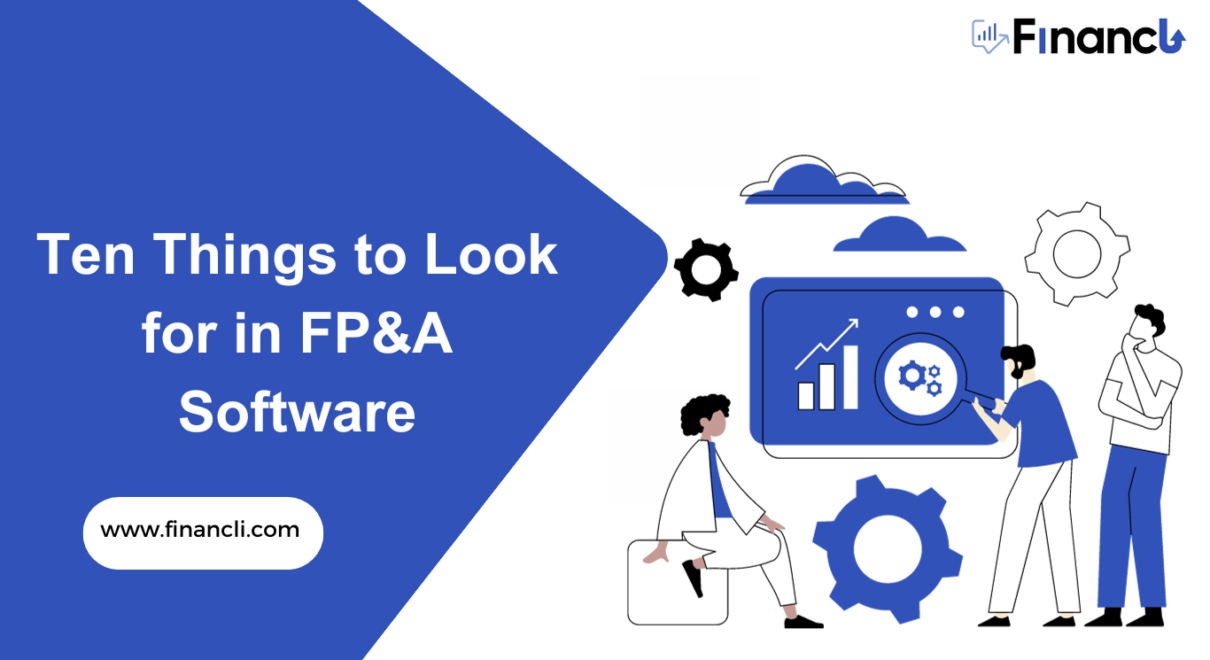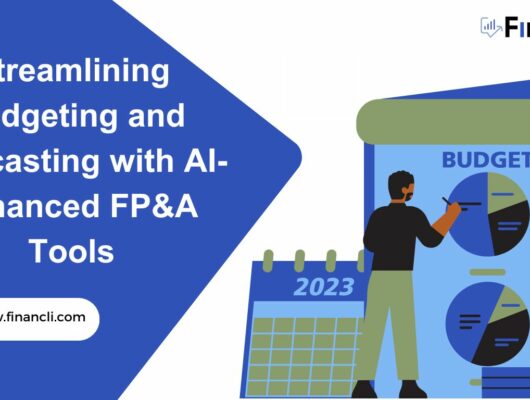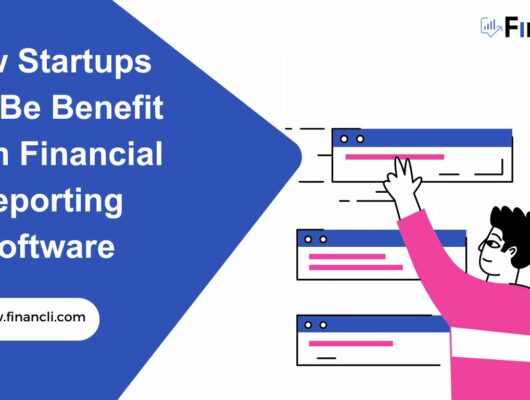Ten Things to Look for in FP&A Software
Understanding FP&A Software
Financial Planning and Analysis (FP&A) software is a powerful tool designed to support finance teams in managing a company’s financial health. These software solutions provide a single source of truth, enabling businesses to construct robust financial models, conduct scenario analysis, and generate accurate financial forecasts. With the right FP&A software, organizations can streamline their planning processes, from operational planning to strategic planning, ensuring a comprehensive financial planning solution.
Purpose and Importance of FP&A Software

FP&A software tools are vital for maintaining and improving financial performance. They offer real-time data and analysis solutions, aiding finance functions in making informed financial decisions. These tools provide deeper insight into cash flow, financial statements, and overall business planning by integrating financial reporting, scenario planning, and forecasting processes. It may lead to more accurate forecasts and better decisions, which are crucial for businesses.
Benefits of FP&A Software
- Enhanced Financial Health: Gain a clear view of your financial health with dynamic planning and continuous monitoring.
- Streamlined Financial Models: Utilize advanced financial modeling and scenario modeling techniques for better financial forecasts.
- Strategic Decision Making: Leverage actionable insights and data-driven decisions to guide your strategic planning.
- Operational Efficiency: Improve finance department efficiency with automated financial processes and real-time updates.
- Adaptability to Change: Engage in adaptive planning and scenario analysis to prepare for various business conditions.
What to Look for When Choosing FP&A Software

1. Comprehensive Financial Reporting:
Seek software that provides detailed, customizable financial reporting, allowing for deep dives into financial health and performance metrics.
2. Integration Capabilities:
Ensure the software seamlessly integrates with existing systems, such as ERP and CRM, to provide a unified and efficient view of all financial data.
3. User-Friendly Interface:
Opt for software with an intuitive interface, including visualization tools and dashboards, to simplify complex data analysis and make it accessible to all team members.
4. Scalability:
Choose software that can grow with your business, accommodating increased demand, more complex financial models, and a more extensive user base as your company expands.
5. Support and Community:
Look for solutions backed by robust customer support and an active community. It may include training resources, user forums, and responsive customer service.
6. Customization and Flexibility:
The software should offer customization options to fit your specific business needs, including customizable financial models, reports, and planning scenarios.
7. Security and Compliance:
Ensure the software adheres to industry standards for data security and privacy and offers features that help your business comply with financial regulations.
8. Real-Time Data and Forecasting:
Choose software that provides real-time data and forecasting capabilities, allowing for timely and accurate financial decisions and scenario planning.
9. Collaboration Features:
Look for features that enhance collaboration among team members, such as shared dashboards, comment capabilities, and workflow management, to streamline the planning process.
10. Advanced Analytics and AI:
Consider software that incorporates advanced analytics, machine learning, and AI to provide deeper financial insights, predictive forecasting, and enhanced decision-making capabilities.
By prioritizing these ten features, you can select an FP&A software that not only meets your current financial planning and analysis needs but also scales and adapts to future challenges and opportunities.
Top Five FP&A Software
1. Financli:
Financli is celebrated for its user-friendly interface, making it accessible to finance teams of all skill levels. It focuses on simplifying the financial planning process with intuitive tools and features. Financli provides robust budgeting, forecasting, and reporting capabilities, ensuring that businesses can manage their financial health effectively. Its real-time collaboration features allow teams to work together seamlessly, making it a popular choice for companies looking to streamline their financial operations.
2. Cube:
Cube is tailored for mid-market companies requiring flexible and efficient financial planning solutions. It distinguishes itself with a quick setup and an emphasis on user experience. Cube allows for easy integration with existing spreadsheets and systems, reducing the learning curve and transition time. Its flexibility is a significant advantage, enabling businesses to adapt quickly to changing financial scenarios and make informed decisions faster.
3. Planful:
Planful is known for its continuous planning platform, enabling businesses to remain agile and proactive in their financial strategies. It provides detailed financial insights through robust reporting, modeling, and analytics tools. Planful’s cloud-based platform facilitates streamlined workflow, collaboration, and real-time updates, allowing finance teams to stay aligned and informed. Its commitment to enhancing the speed and accuracy of financial planning makes it a strong contender for businesses looking to improve their financial agility.
4. Anaplan:
Anaplan is a preferred choice for larger enterprises due to its extensive scenario planning and financial modeling capabilities. It offers a scalable, cloud-native platform that supports complex, multi-dimensional financial strategies. Anaplan’s powerful modeling allows businesses to explore various financial scenarios and outcomes, aiding in strategic decision-making. Its comprehensive integration capabilities ensure that Anaplan works well within the broader enterprise ecosystem, connecting data, people, and plans across the organization.
5. Workday Adaptive Planning:
Workday Adaptive Planning provides a comprehensive solution for companies seeking integrated financial planning and analysis. It offers a full suite of tools for budgeting, forecasting, and reporting, all within a cloud-based platform that ensures data consistency and accessibility. Workday Adaptive Planning is known for its ease of use, powerful analytics, and robust scenario planning features. It integrates seamlessly with other Workday products, making it an attractive option for businesses looking for a unified solution for finance, HR, and planning.
Each of these FP&A software options brings unique strengths and capabilities to the table. When choosing the right software for your organization, consider factors such as company size, complexity of financial needs, integration requirements, and the specific features that will most benefit your team’s workflow and decision-making processes.
Frequently Asked Questions:
Is Software Worth It for FP&A Planning?
-Yes, investing in FP&A software is worth it for businesses of all sizes. It provides accurate insights, improves financial processes, and aids in making informed decisions.
What Makes the Best FP&A Software?
-The best FP&A software offers comprehensive analysis solutions, supports data-driven decisions, and integrates seamlessly with other business systems, providing a complete solution for modern finance.
Why Are FP&A Software Tools Essential for Small Businesses?
-For small businesses, FP&A software tools are essential for accurate forecasting, informed decision-making, and managing financial health efficiently, all of which are crucial for growth and stability.
Conclusion
Choosing the right FP&A software is crucial for any business aiming to enhance its financial health and make strategic decisions. Companies can select a financial planning solution that best fits their needs by considering key features like financial reporting, scenario analysis, and integration capabilities. The right FP&A software can transform your financial processes and drive your business forward. Remember, the goal is to achieve a dynamic, data-driven approach to finance, enabling continuous improvement and growth.






